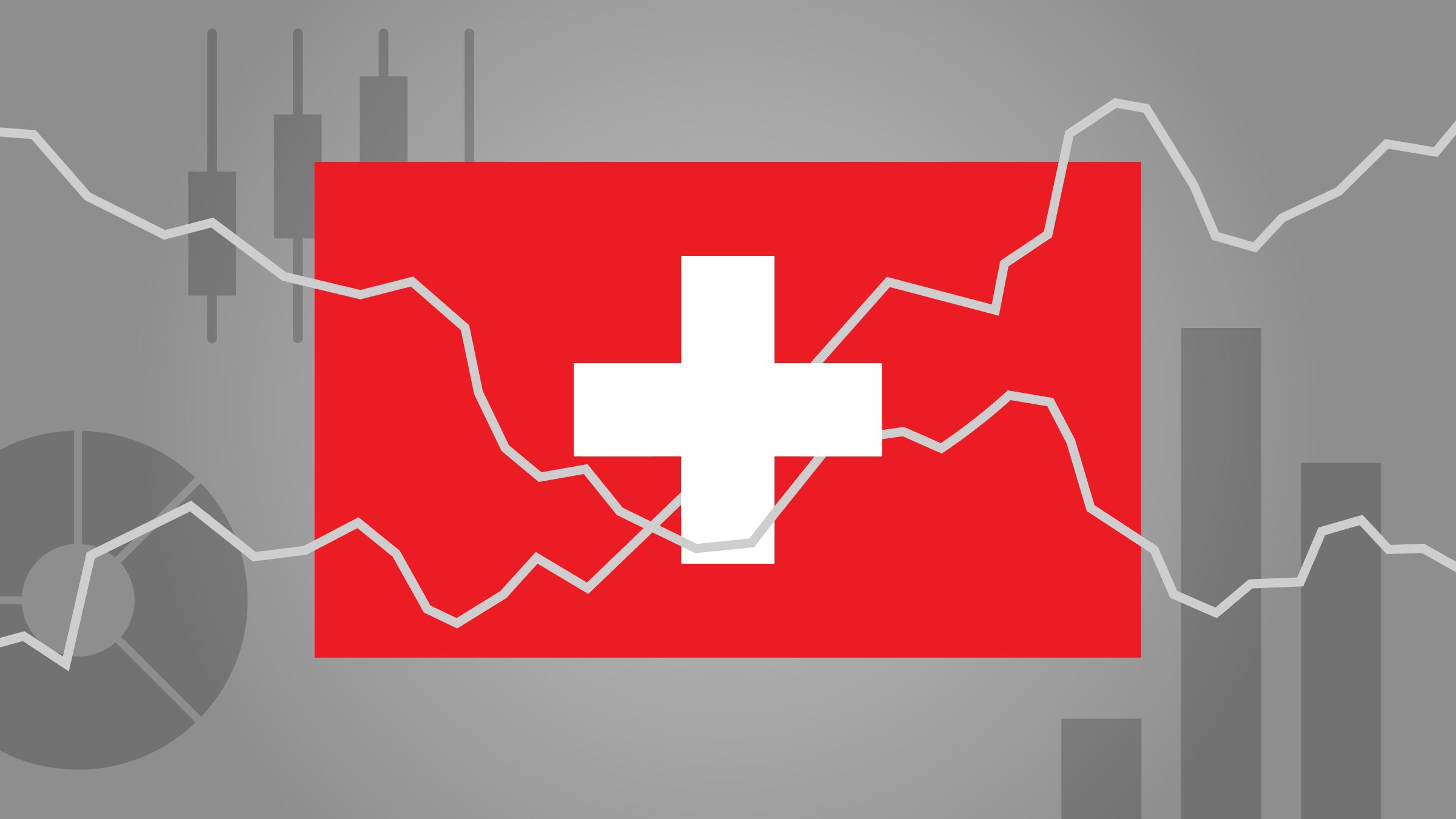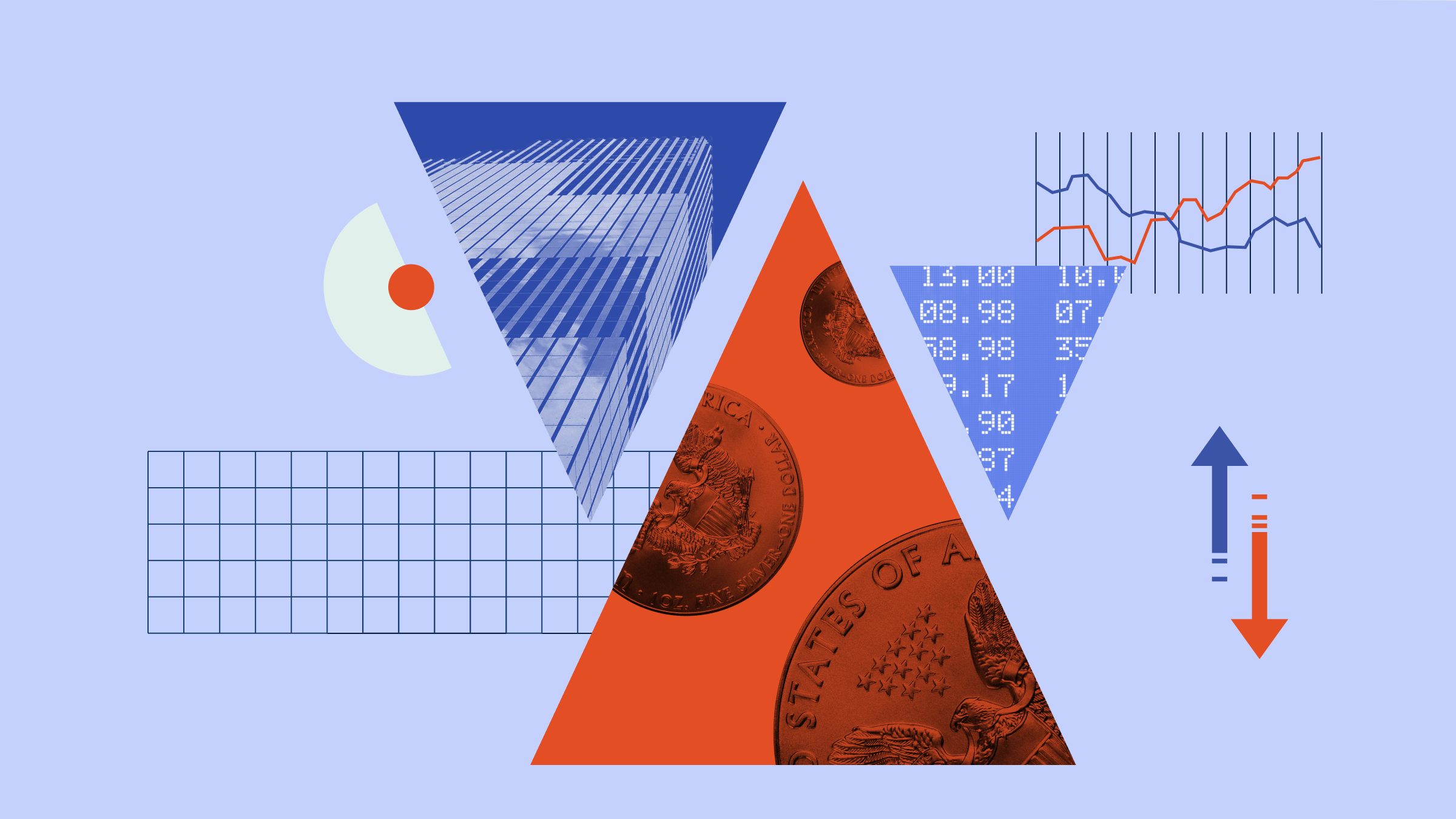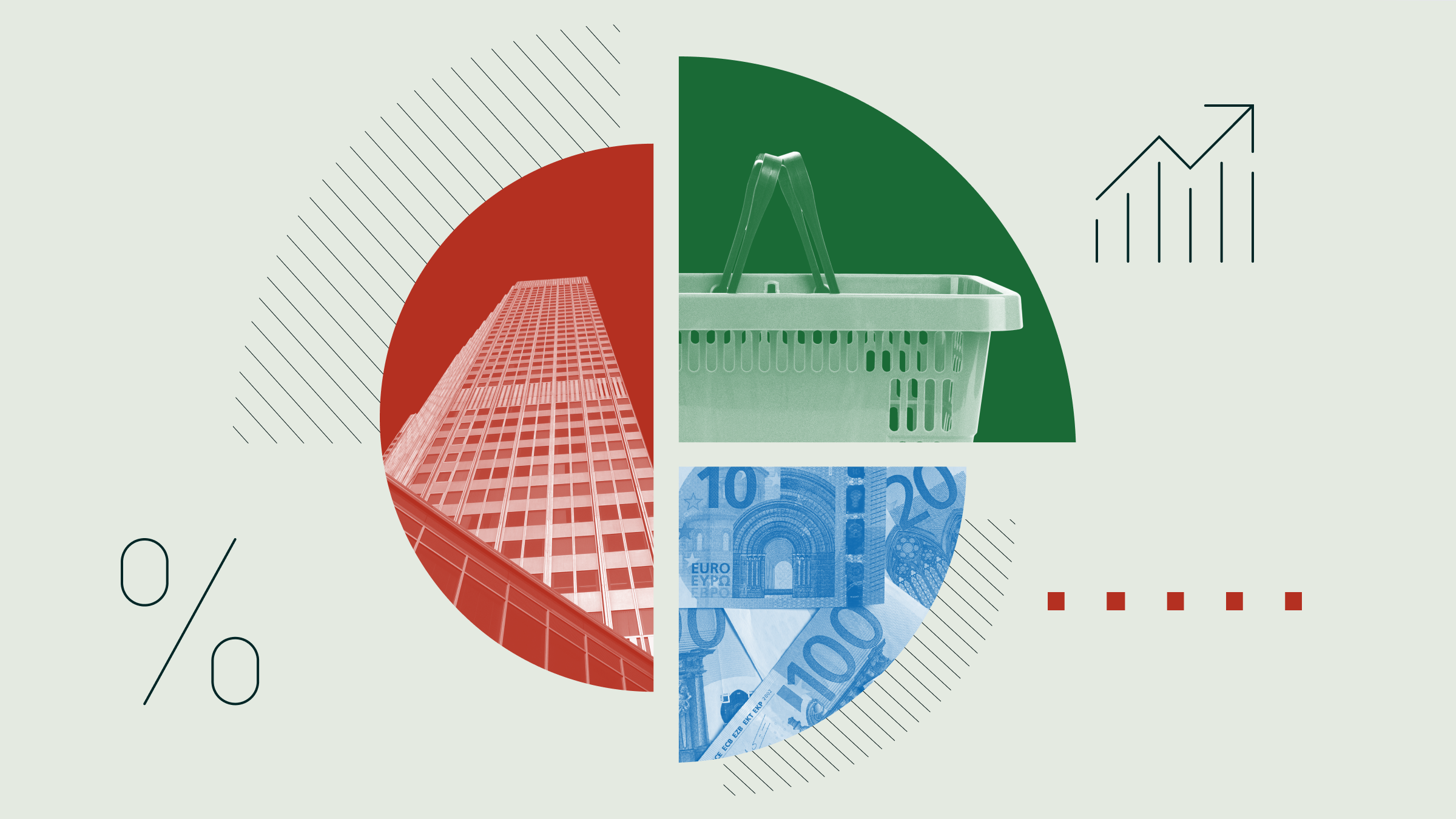Rolle im Portfolio
The iShares SLI provides exposure to Swiss large cap stocks, some of which are also the biggest in Europe. As such, this fund can be used as a core holding. This fund can also be implemented as a tactical tool to overweight Swiss large cap equities within a diversified portfolio under the belief this market is undervalued given its near-to-medium-term prospects.
The SLI can be used as an alternative to the SMI, the most significant equity benchmark in Switzerland. The SLI offers better single stock and sector diversification relative to the SMI thanks to a capping mechanism which limits the weighting of each of the four largest constituents to 9% of the index’s value, while the weighting of all other securities is capped at 4.5%. However, investors should be aware that the SLI remains fairly top heavy, with the top 10 constituents accounting for about 63% of its value. Financials and healthcare are the index’s top sectors, representing a combined 50% of the index’s value.
For non-Swiss investors, this fund can also serve as a diversifier within a broad pan-European portfolio by providing exposure to one of the world’s most stable and strongest currencies. However non-Swiss investors should be mindful that a strengthening franc will enhance the return of this fund as denominated in their home currencies, but a weakening franc will weigh on its performance.
Fundamentale Analyse
Buoyant worldwide demand for Swiss goods supported Switzerland’s economy after the financial crisis, until the appreciation of the Swiss franc--driven by its safe haven status--became a problem, threatening to thwart growth and sink the country into sustained deflation. The persistent strength of the franc prompted the Swiss National Bank (SNB) to set the minimum exchange rate to the euro at 1.20 in September 2011. This shift, effectively a “peg” to the euro, has since changed the role of Swiss franc-denominated assets in investors’ portfolios. That is to say that they’ve somewhat lost their safe haven appeal.
As of this writing, the cap remains in place and will continue to be enforced by the SNB with “utmost determination” for as long as necessary. Despite bouts of weakness since the cap was introduced, the franc has remained high versus both the dollar and euro. However, Swiss exporters have proven relatively resilient to it, as evidenced by the strong performance of the SMI index ever since –e.g. the SMI was among Europe’s best performing benchmarks in 2013, with a gain of 23.9%.
Going forward, Swiss large exporters like Nestle, Richemont and Swatch will continue to benefit from the recovering international demand, especially that coming from Europe –a major trading partner. In Q2-2013, the Eurozone emerged from its longest-ever recession, which saw austerity measures and high unemployment restrict consumer spending. To offset slowing European consumption, Swiss companies have increased their exports to China and are now more dependent than ever on its economic growth. China is currently the fourth biggest importer of Swiss products behind Germany, the US and Italy. In four or five years, should the current trend continue, China is expected to become the second largest buyer of Swiss products after Germany. But China is slowing down too. Indeed, the world’s No 2 economy continues to post robust growth rates of between 7% and 8%, but these are lower than what the world had become accustomed to.
Indexkonstruktion
The Swiss Leader Index (SLI) consists of the 30 largest and most liquid stocks listed on the Swiss stock exchange. As such, the SLI is comprised of the SMI stocks plus the 10 largest stocks in the SMIM. The SLI has a capping mechanism. The four largest shares are each capped at 9% of the index’s value and where necessary, the weighting of the other securities is limited to 4.5%. Because the weightings change continuously, SIX Swiss Exchange calculates and adjusts the capping factor every three months. The financial and healthcare sectors are the most heavily weighted, representing about 26-29% and 21-24% of the index's value respectively, followed by industrials (18-20%) and consumer goods (16-18%). The top four constituents are Roche, Novartis, Nestle and UBS, each comprising between 8% and 10% of the index’s value.
Fondskonstruktion
The fund uses physical replication to track the performance of the SLI on a total return basis. The fund owns the securities within the index. The fund may engage in securities lending but at the time of this writing no information related to it was made available on the company website. While securities lending can help generate additional revenue, it also introduces counterparty risk. To protect the fund, the borrowers are requested to post collateral. Dividends (including withholding receivables) are reinvested in both the SLI constituents and SLI futures depending on the amount and timeframe until the next distribution date. It is worth noting that this Swiss-domiciled fund is not compliant with UCITS and therefore is only authorised for commercial distribution in Switzerland and Liechtenstein.
Gebühren
The fund levies a total expense ratio (TER) of 0.39%, which is at the top end of the range for ETFs tracking the SLI. Additional costs potentially borne by the fund shareholder but not included in the TER include rebalancing costs, and bid-ask spreads and brokerage fees when buy and sell orders are placed for ETF shares.
Alternativen
The fund is the largest fund tracking the SLI traded on the Swiss stock exchange. It is also the most liquid as measured by its trailing 3-month average daily trading volume. Providers including UBS and db x-trackers offer their own products tracking the SLI at a TER of 0.35%, but these lower fees may potentially come at the expense of lower liquidity.
As an alternative to the SLI, investors can turn to the SMI, the most popular benchmark index of the Swiss stock market. However, the SMI, which comprises 20 of the largest and most liquid stocks listed on the Swiss exchange, has a much higher degree of single stock and sector concentration. The top five constituents account for about 70% of the index’s value. Top constituent Nestle has a 23-25% weighting, while healthcare is the most represented sector with a 30-35% allocation. A handful of providers have an ETF tracking the SMI in their product range, iShares SMI (CH) being the most widely-held fund of them all. At 0.39%, its TER is nonetheless higher than that of other ETFs, including ComStage ETF SMI, which levies a TER of 0.25%.

















